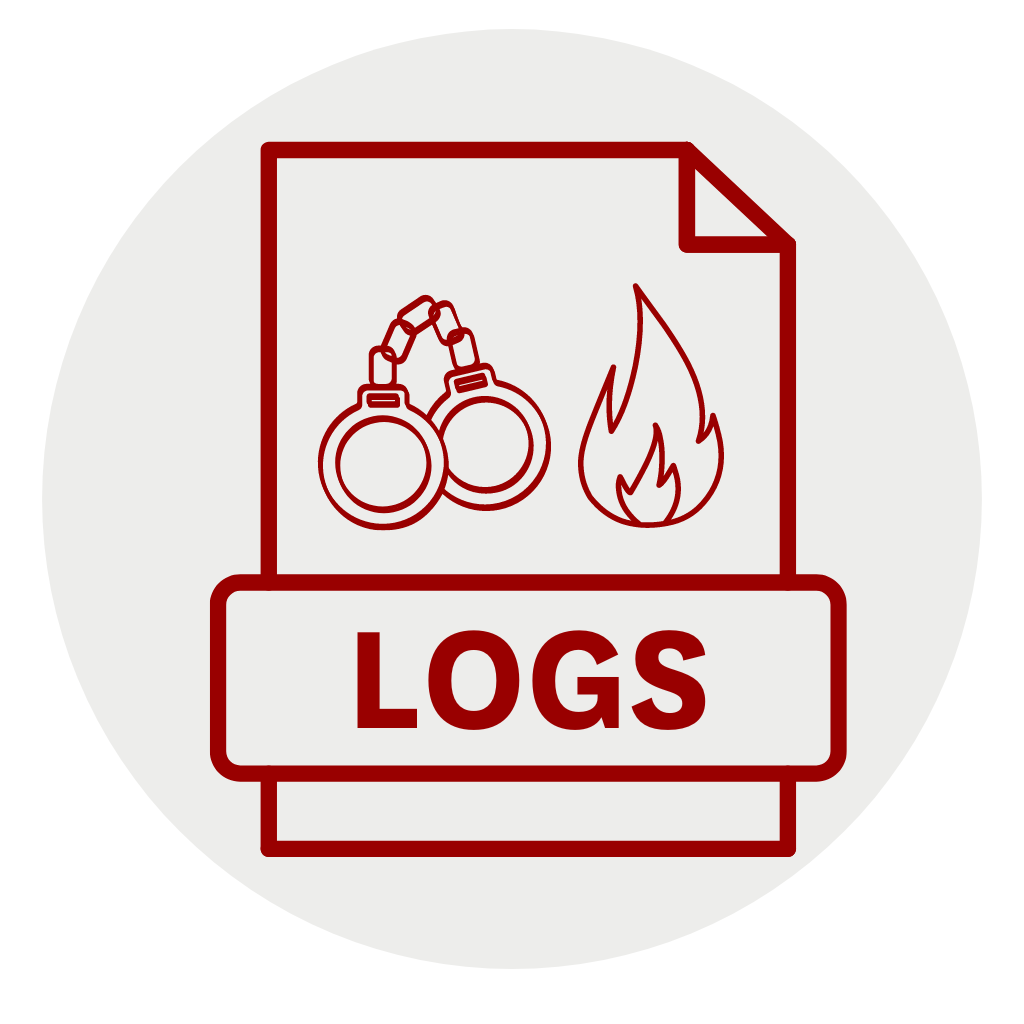
Transparency is one of the Department of Public Safety’s (DPS) top priorities. We believe citizens are best able to ensure their safety when they’re informed. We gather and disseminate information on reported crimes in the following ways:
Clery Act Reporting
The Jeanne Clery Campus Safety Act (Clery Act) requires that all colleges and universities disclose crimes that have occurred on their campus to the federal government.
Note: Clery reporting is based on geography, and the reporting boundaries vary from DPS’s actual patrol boundaries. For additional details on the distinction between our patrolled and Clery-protected zones, please read our section on Clery geography.
TrojansAlert
TrojansAlert is an emergency notification system that allows university officials to contact you during an emergency by sending messages via text message and email.
When an emergency occurs, authorized USC senders will instantly notify you with real-time updates, instructions on where to go, what to do (or what not to do), whom to contact and other important information.
Timely Warning & Crime Alerts
When a serious crime occurs on campus or the surrounding community, DPS gathers information and sends out an email report to the campus community. We also post the most recent reports on online. We use crime alerts to warn you of potential threats but also as a way of seeking your support. If you have any information regarding a crime reported in our alert, please contact DPS.
Because of federal requirements, DPS also divides its alerts into two categories:
Timely Warnings
The Clery Act requires that we notify the public of certain crimes which occur within Clery-designated geography. These reports are called timely warnings. Clery geography covers campus and campus-owned properties but not the surrounding neighborhoods.
View Clery Act-mandated crime alerts.
Crime Alerts
Any time a serious crime is reported within USC’s patrol boundaries (approximately 2-mile radius around campus) but not within Clery geography, DPS files it as a crime alert.
View patrol area, non-campus crime alerts.
Alerts Explanation Video
Campus Safety Plan
This report is prepared in compliance with California Education Code 67380(a)(4) and provides essential information regarding safety and numerous resources available within USC on both the University Park and the Health Sciences Campuses.
Learn more about the Campus Safety Plan.
Daily Crime and Fire Log (DCFL)
The Daily Crime & Fire Log includes all crimes reported on campus or in the surrounding community, including serious and non-serious crimes. Non-serious crimes vary widely, but may include: petty theft, drunk and disorderly arrests, or calls regarding a medical issue or injury.
Clery Act Annual Security & Fire Safety Report
Each year, we produce a report from the Clery data produced and maintained over the last year. View the full report.
Clery FAQ’s
You can learn more about the Clery Act in the following FAQs.






